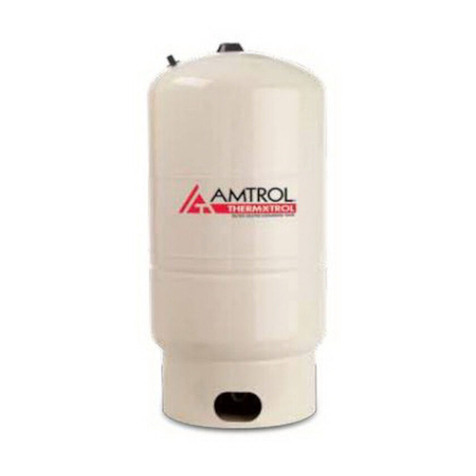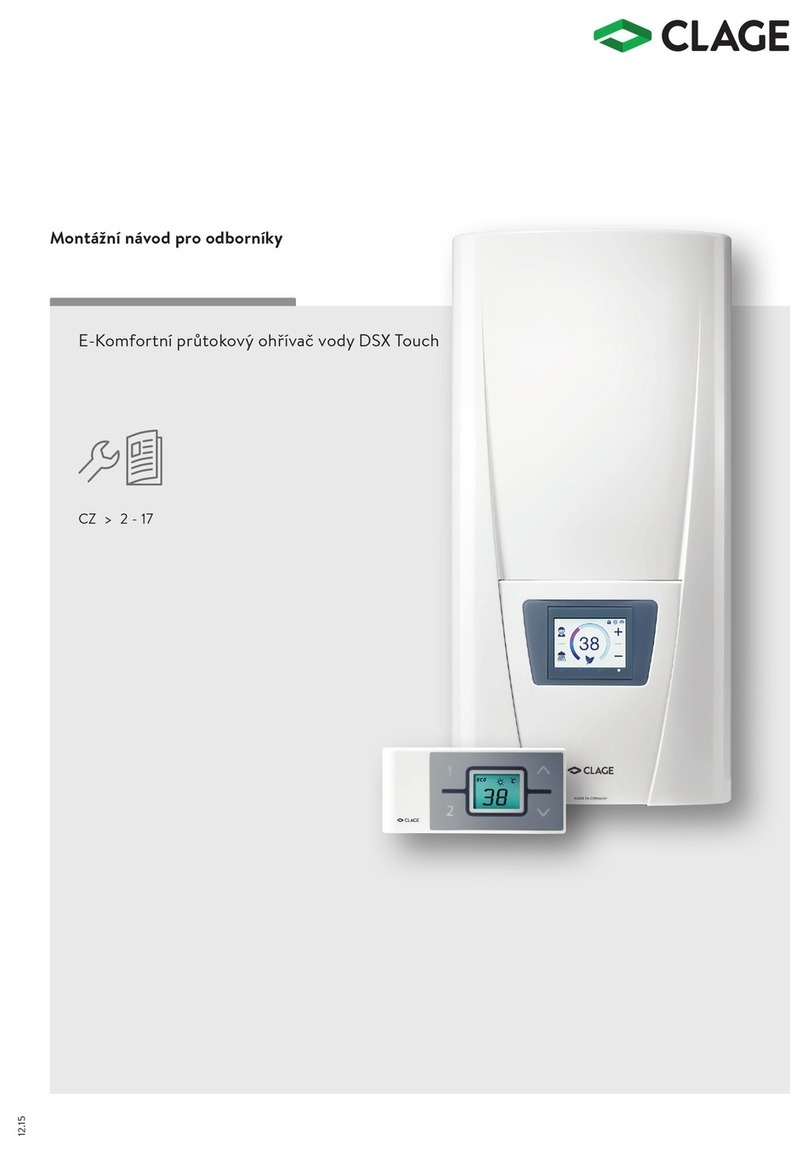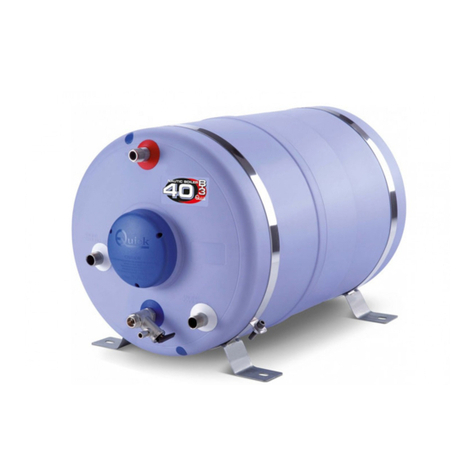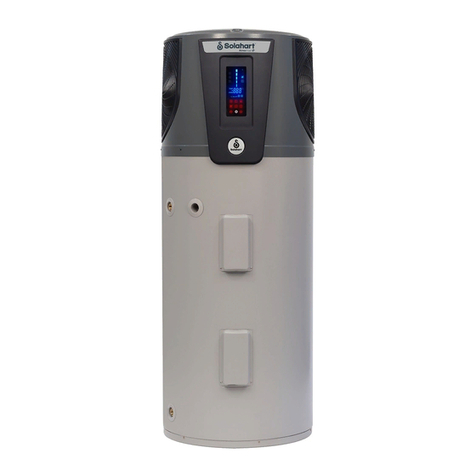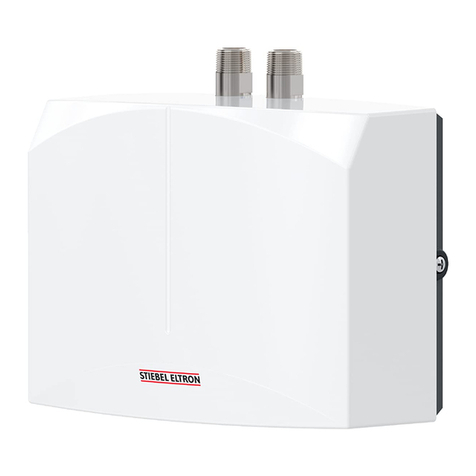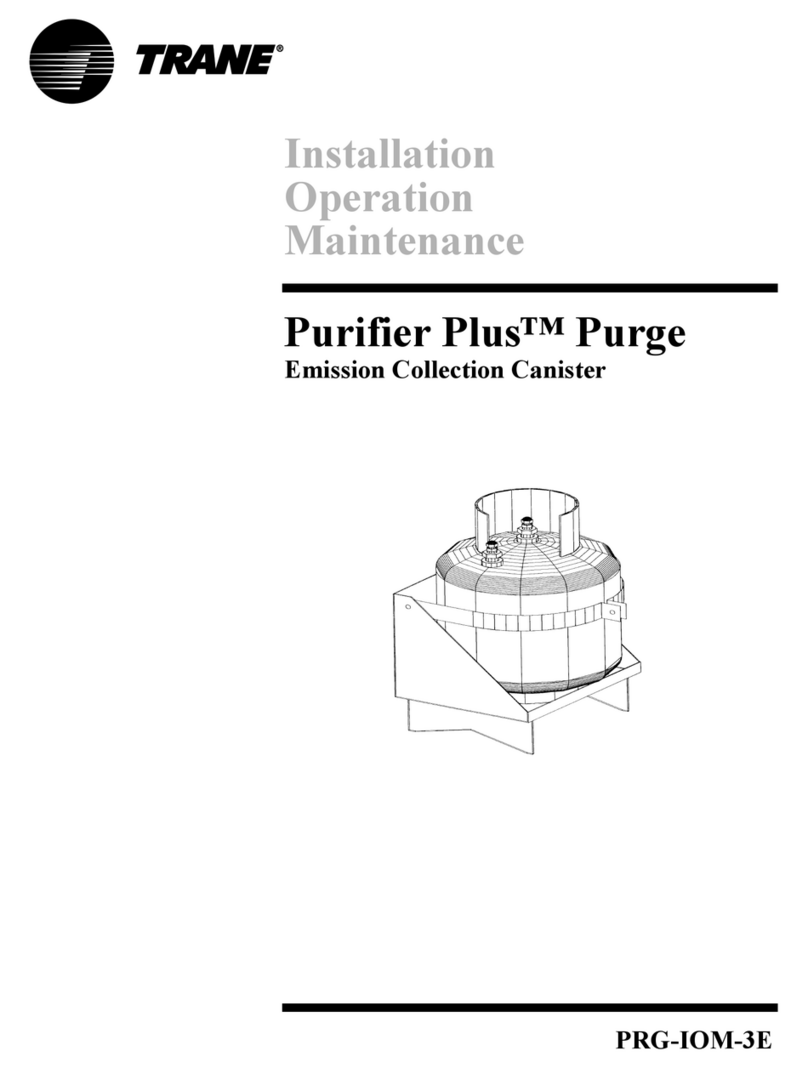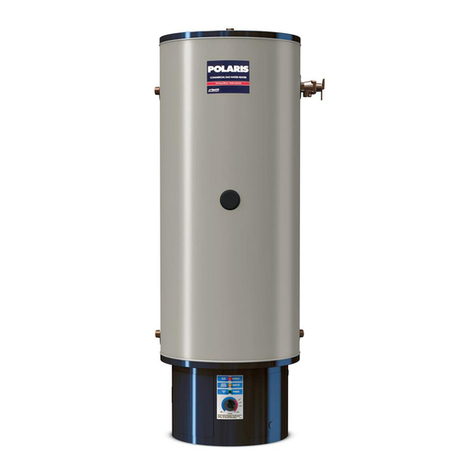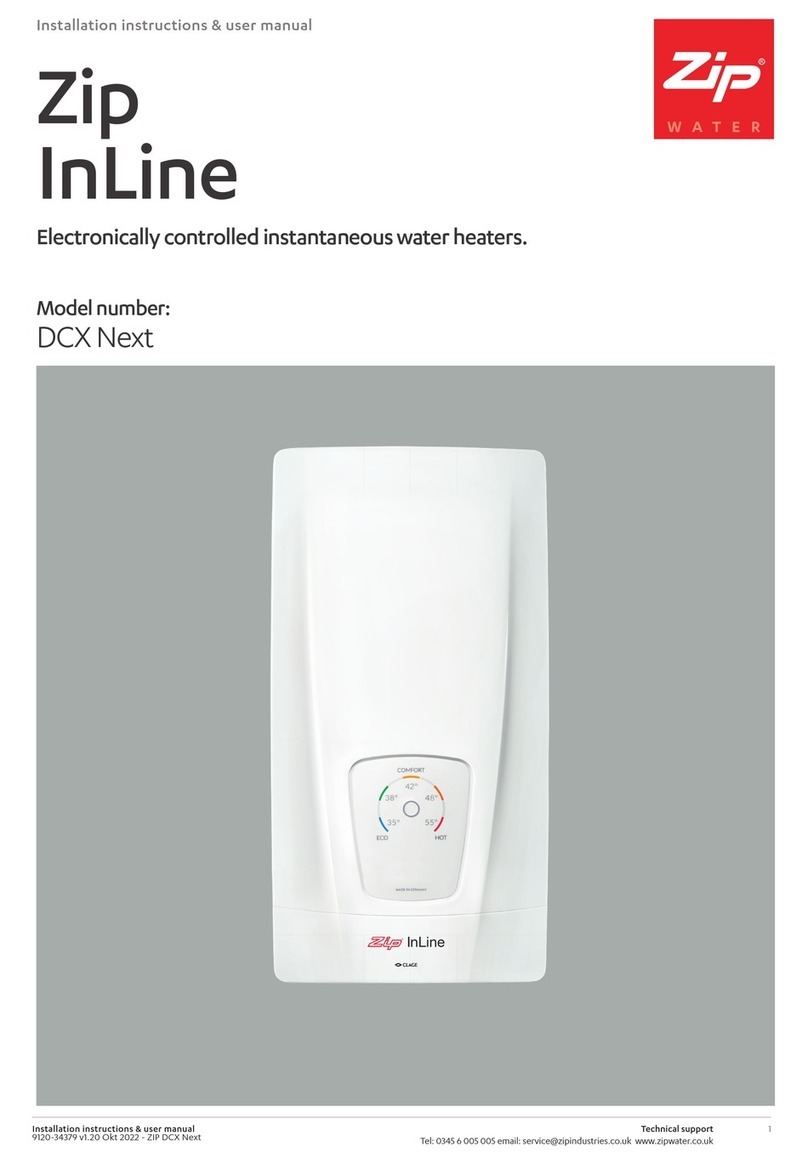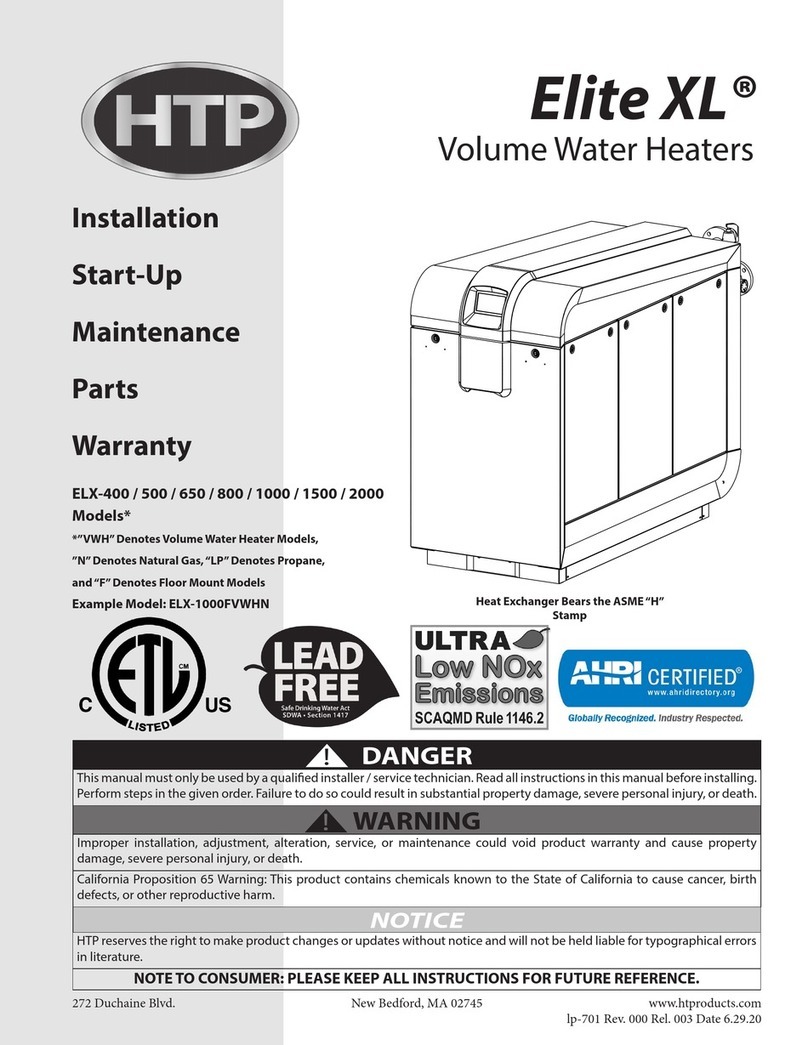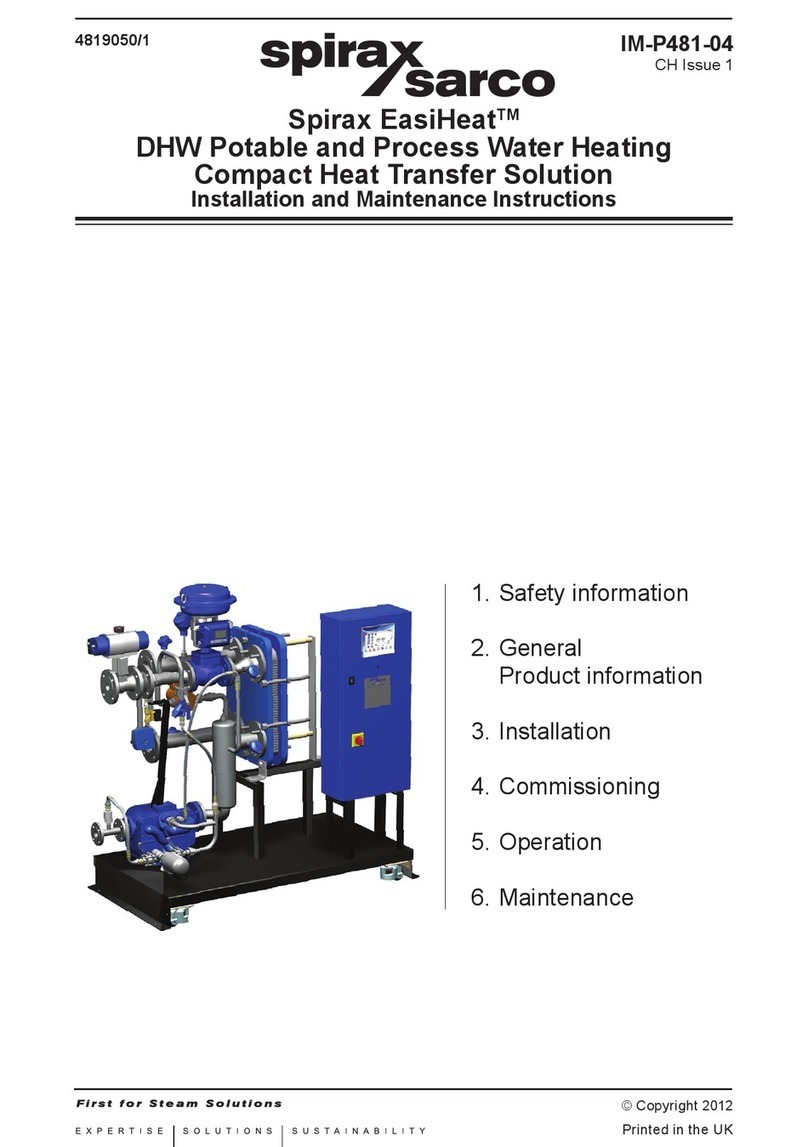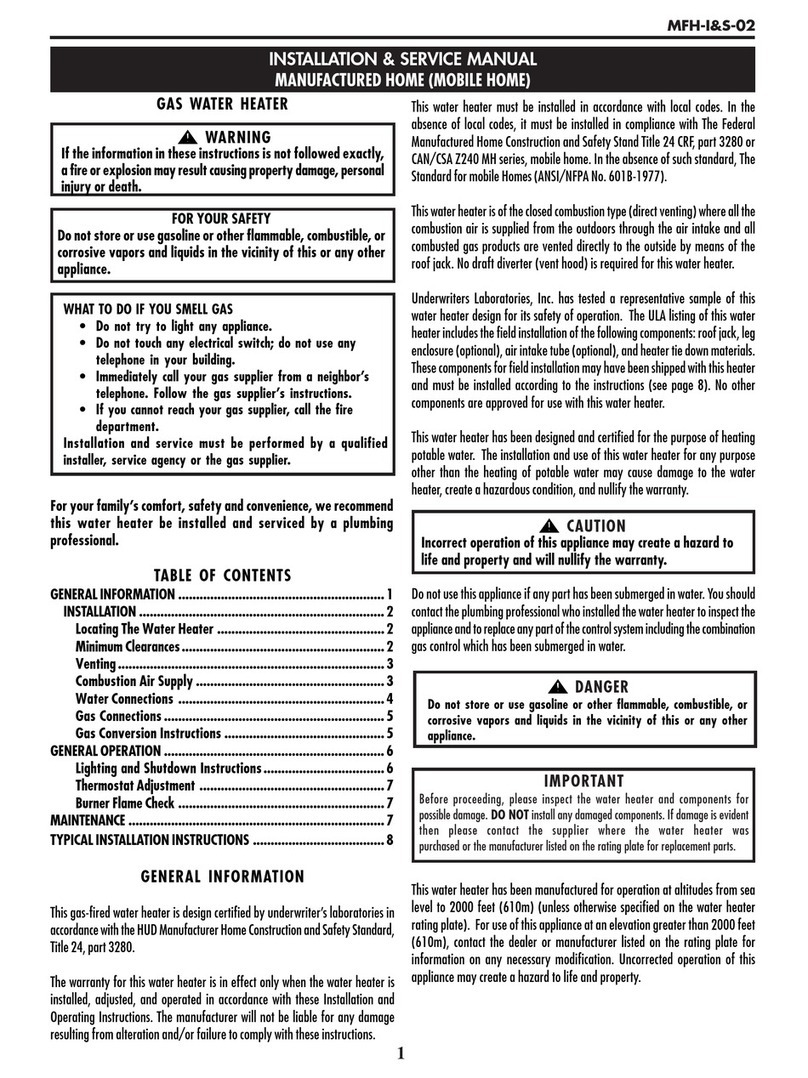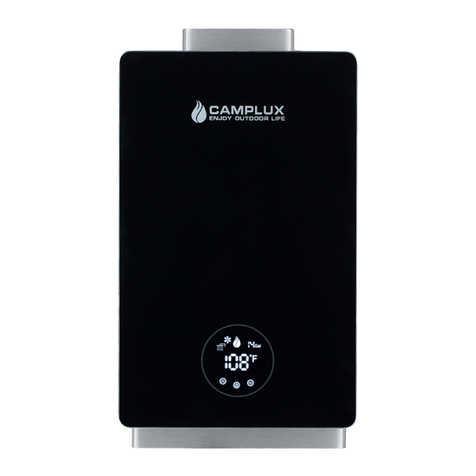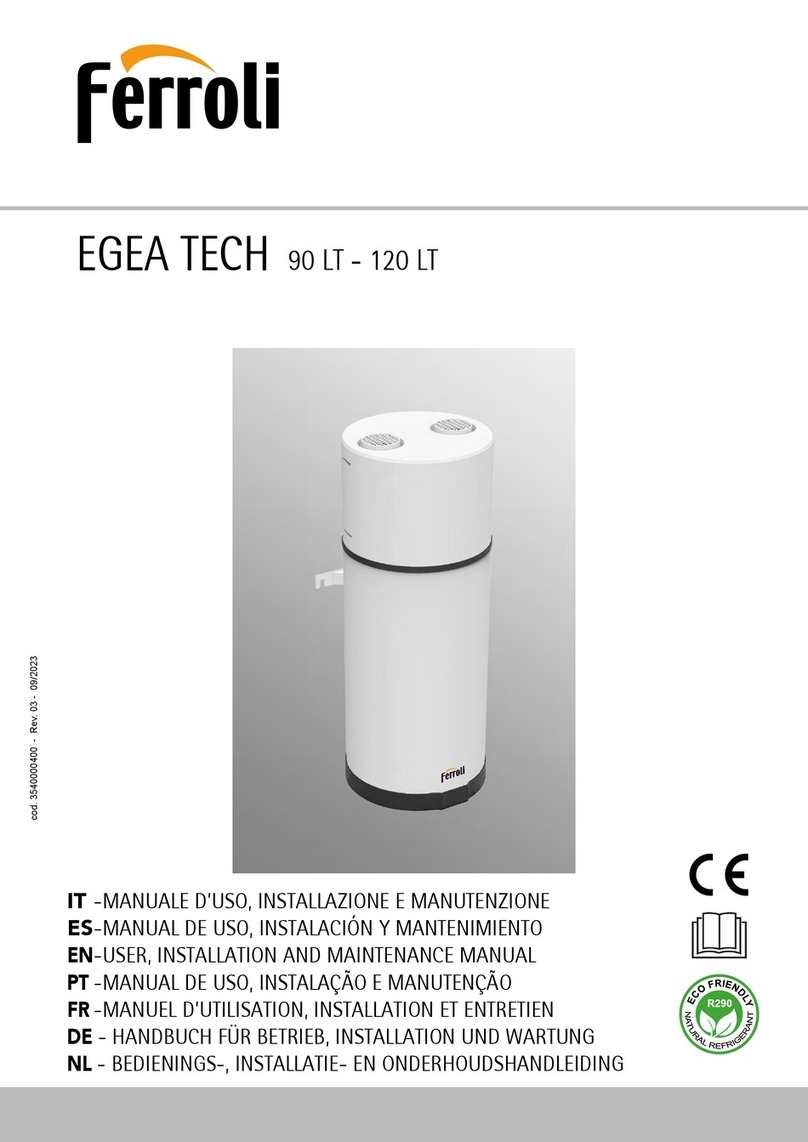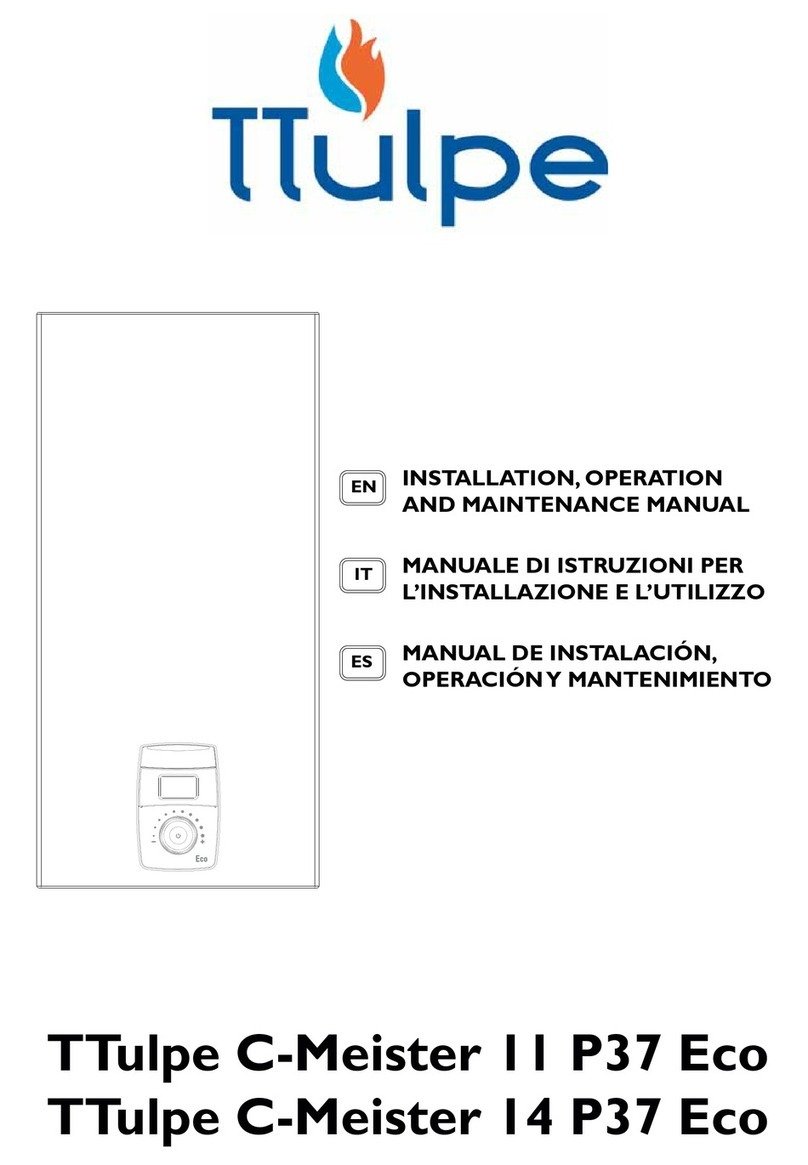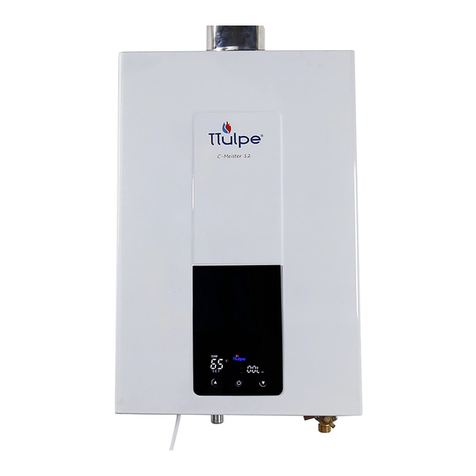11
14. DISPOSAL
When complying with the rules of EWH installation, operation and maintenance
and when water quality complying with current standard the manufacturer sets EWH
lifespan of 9 years from the date of purchase.
All parts of the heater are made of materials allowing, where appropriate, environ-
mentally sound disposal which must be made in accordance with the rules and regula-
tions of the country where the water heater is operated.
When disposing of the EWH comply with local environmental laws and guidelines.
The manufacturer reserves the right to make changes to the design and specifica-
tions of the heater without prior notice.
15. MANUFACTURER'S WARRANTY
The manufacturer sets 2 years as the period of warranty for water heater, and war-
ranty period for parts and components is as follows:
- for water containing tank (inner tank) - 5 years;
- for other components (heating element, thermostat, indicator lights, gaskets, tem-
perature indicator, pressure relief valve) - 2 years.
The warranty period is calculated from the date of EWH sale. If there is no or cor-
rected date of sale and shop stamp, the warranty period is calculated from the date of
EWH manufacture. Claims within the warranty period are accepted only on presentation
of the warranty card with marks of the seller, and the identification plate on the casing
of the EWH. Release date of a water heater is encoded in a unique serial number, located
on the identification plate on the casing. EWH serial number consists of thirteen digits.
The third and fourth digits of the serial number are year of manufacture, the fifth and
sixth digits - month of release, the seventh and eighth digits - day of EWH release.
Claims within the warranty period are accepted only on presentation of the guarantee
card with marks of the seller, and the identification plate on the casing of the EWH.
The warranty shall apply to EWH only. Responsibility for compliance with princi-
ples of installation and connection shall be borne by the buyer (in case of connection by
his own) or by the installer carrying out connection.
The first replacement of the magnesium anode shall be made no later than 12
months from the date of EWH installation. In case of no mark of installation in warranty
certificate with the seal of installation company, the period is calculated from the date
of purchase. Regular periodic maintenance and annual replacement of the magnesium
anode in time is imperative to maintain the manufacturer's warranty. Replacement of
the anode must be accompanied by a mark in the warranty card in case of replacement
by a service organization, or an attached sales receipt for its purchase in case of replace-
ment by the owner.




















